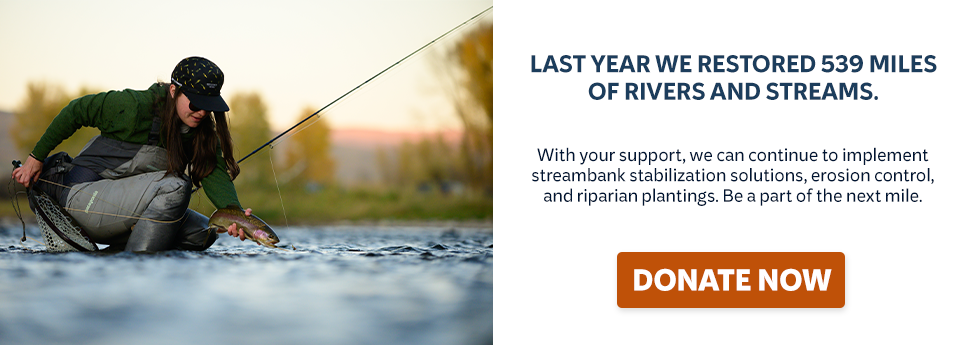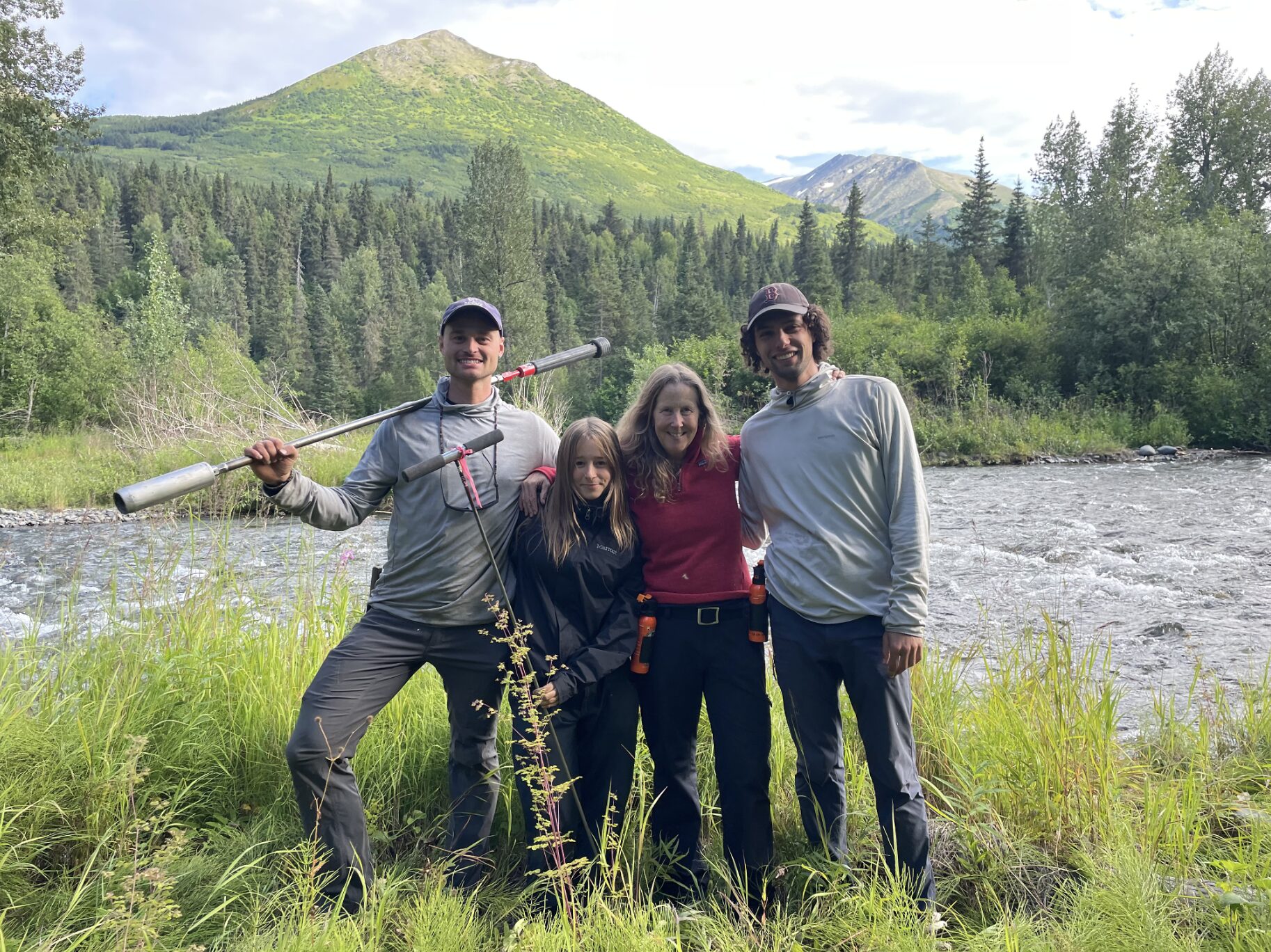Trout Unlimited is working with a broad coalition of partners to restore the aptly named Resurrection Creek on Alaska’s Kenai Peninsula. Resurrection Creek was a locus of gold mining activity in Alaska in the early 20th century. Prospecting river gravels left some lucky few richer, many others without much to show for their efforts but stories of moiling for gold under the midnight sun but left the river and its floodplain were certainly poorer. Mine tailing piles lined Resurrection Creek’s banks for miles – turning a once verdant stream that supported all five salmon species into a straight channel that removed much of the stream’s spawning and rearing habitat.
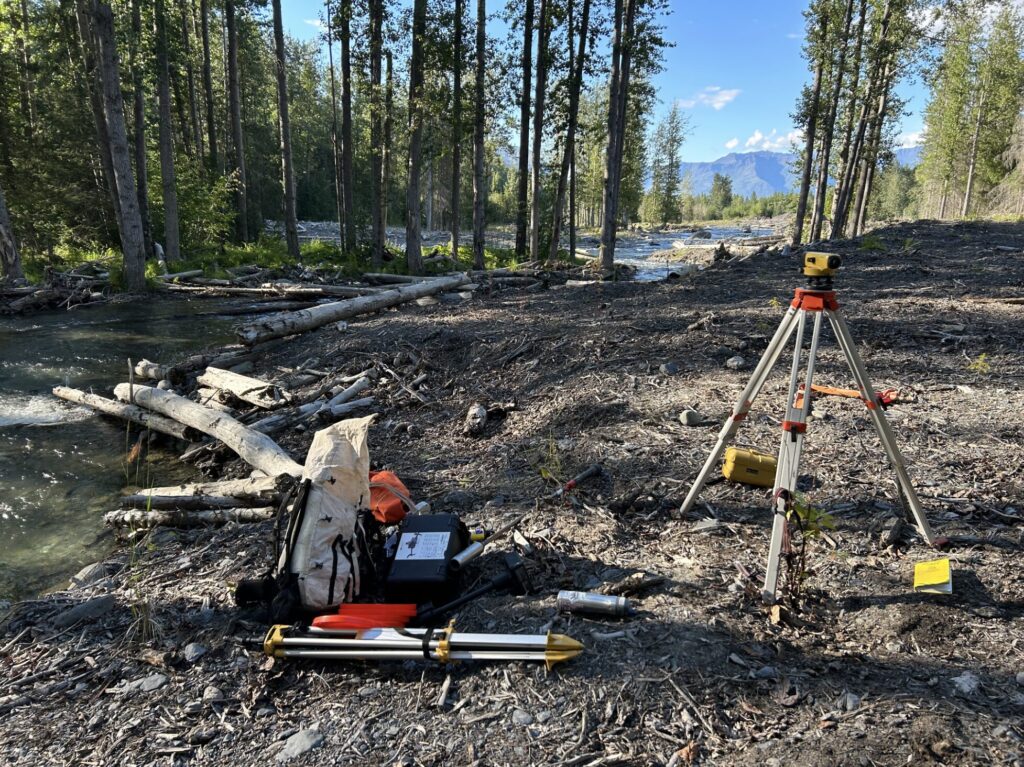
Restoration has focused on removing those tailing piles and reuniting the river with its floodplain and the Kenai’s wild forest for the first time in nearly a century. The unique collaboration at this site between Trout Unlimited, the U.S. Forest Serivce, NOAA Fisheries, the National Forest Foundation, Kinross Alaska and Hope Mining Company has resulted in one of the most successful restorations ever undertaken in The Last Frontier.
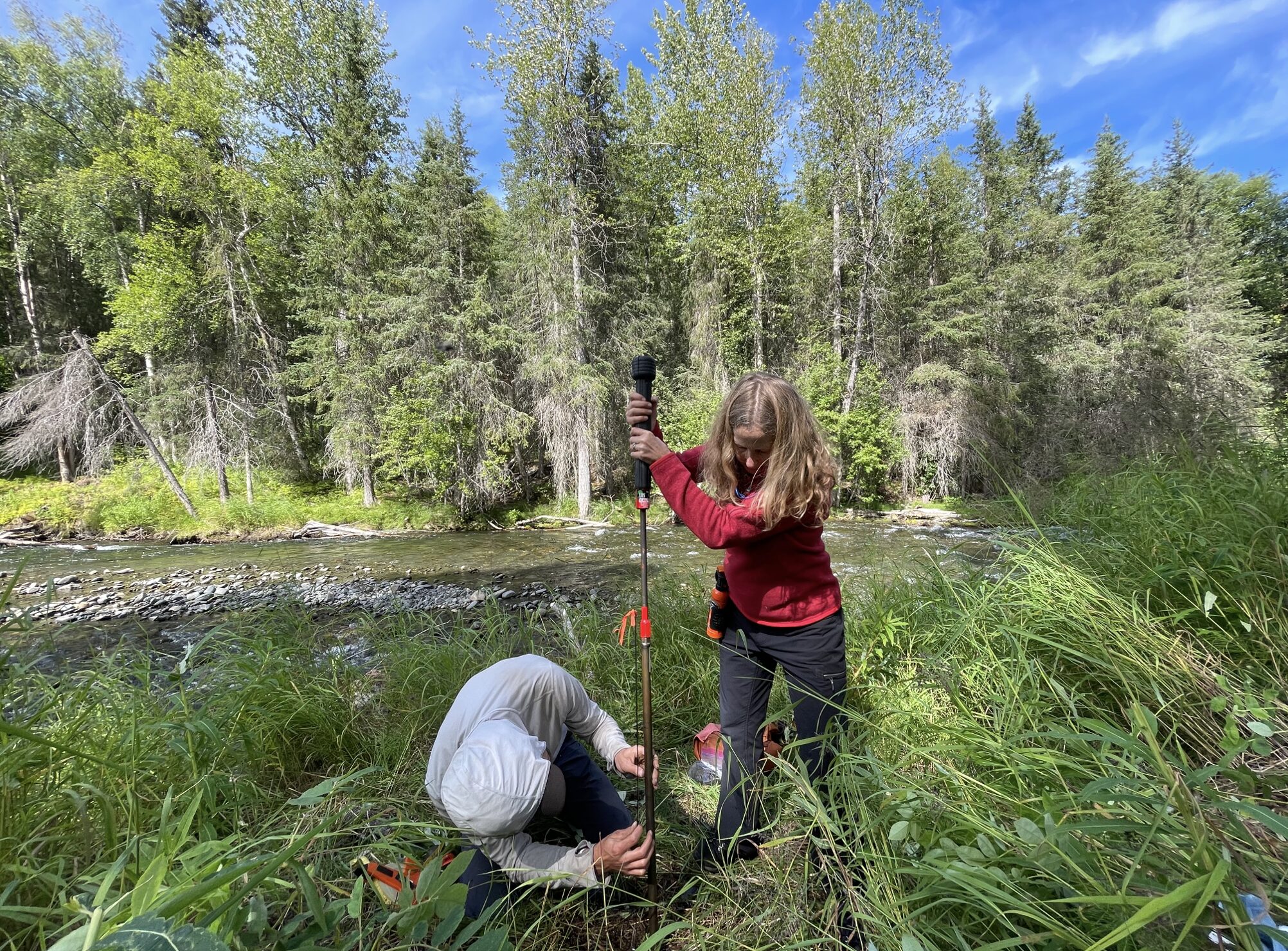
Now, TU’s National Science Team has seen still greater opportunity in the site: in rewatering the formerly degraded floodplain, the restoration may also sequester and store carbon, acting as a ‘Natural Climate Solution’. As part of a broader project to measure carbon sequestration at restoration sites across the nation, TU’s Senior Scientist, Helen Neville, and Aquatic Resiliency Scientist, Jordan Fields, travelled to Resurrection Creek this summer to measure the carbon currently stored across the site. This work is made possible by funding from Allen Family Philanthropies.
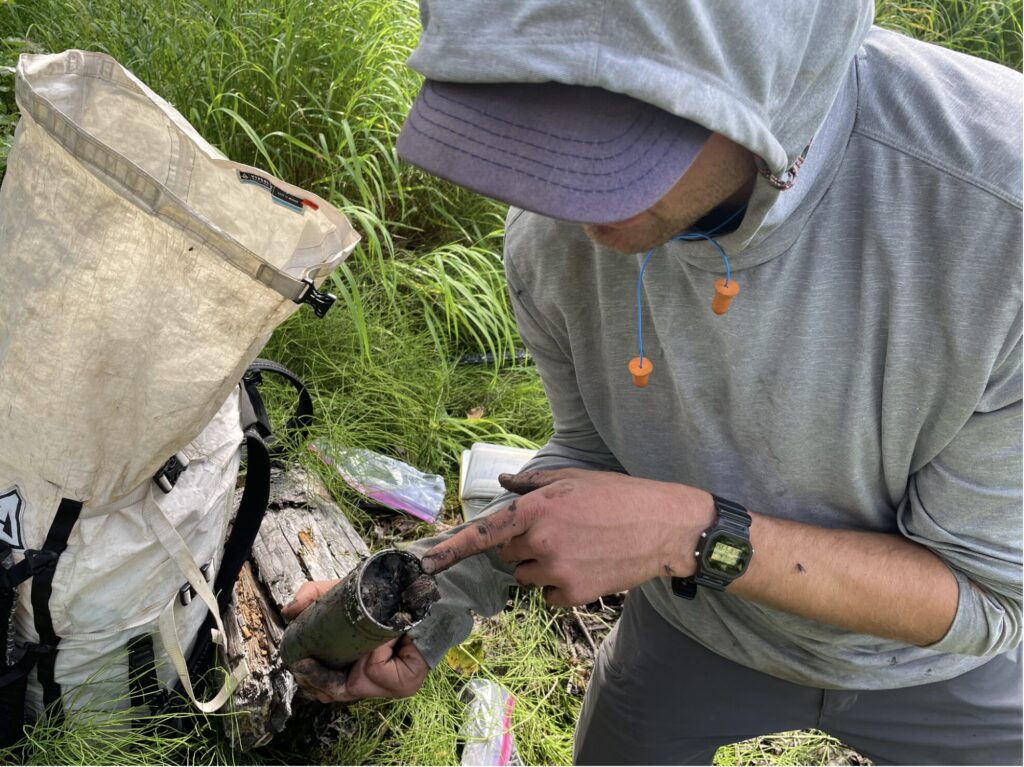
Assisted in the field by TU Summer Science staff members, Jack Kreisler and Luna Aldana, Jordan and Helen collected soil cores, measured biomass density in riparian forests using high-resolution multi-spectral drones, and surveyed the density of large dead wood on the floodplain. The carbon in each of these three ‘pools’ will be summed to arrive at an estimate of the total carbon stock at the site. A Carbon stock refers to the amount of carbon stored there now – money in the bank, so to say. The team also collected unique measurements of isotopes in the soils at Resurrection Creek to determine the sequestration rate in soils. A sequestration rate refers to the pace at which carbon is taken from the atmosphere and stored in biomass or soils. In this way, sequestration comprises the deposits that build up the account balance of the carbon stock over time.
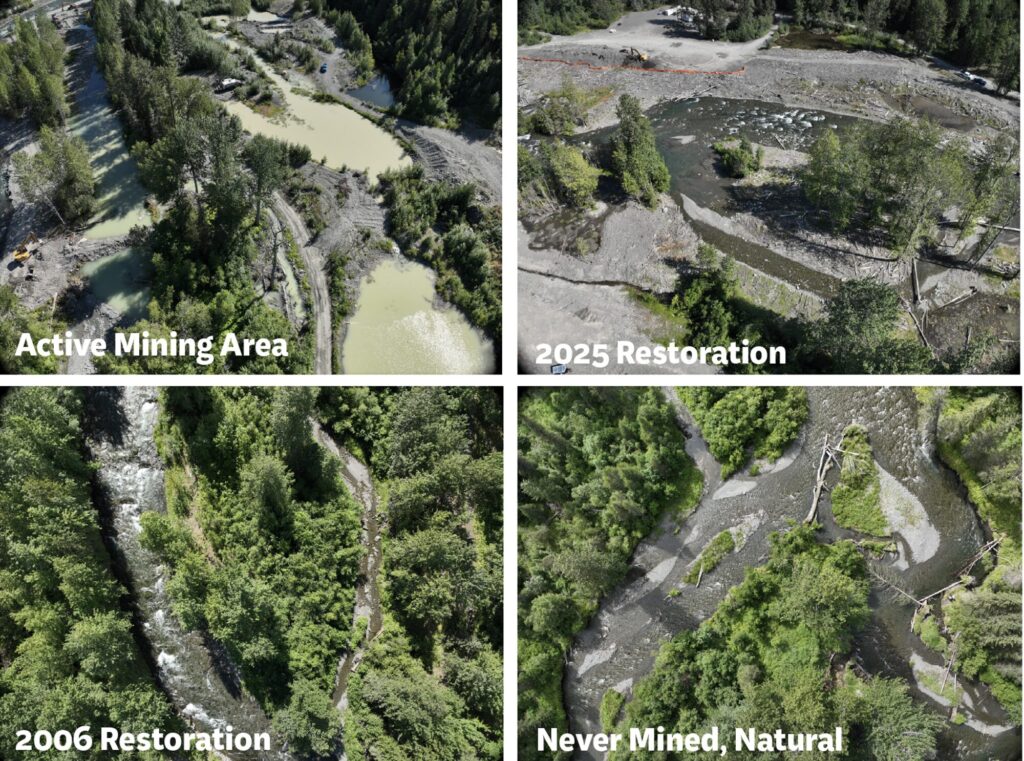
Directly measuring sequestration is a new and novel technique, enabled by TU’s partnership on this work with Dr. Josh Landis at Dartmouth College, who developed the method. The results are still forthcoming, but the Science Team is certain that the restoration at Resurrection Creek is a ‘no-regrets’ natural climate solution strategy. For even if sequestration is slower than anticipated, TU’s restoration work here – and everywhere – is never about just one element, be it carbon or trout habitat, but rather about ensuring the health of aquatic ecosystems in the long run. At Resurrection Creek, the reports are already encouraging: all five salmon species have returned to recently restored reaches. Perhaps, carbon will follow the salmon. If so, this site on The Last Frontier would be at the very cutting edge, one of the first sites globally at which floodplain carbon sequestration has been directly linked to restoration.

